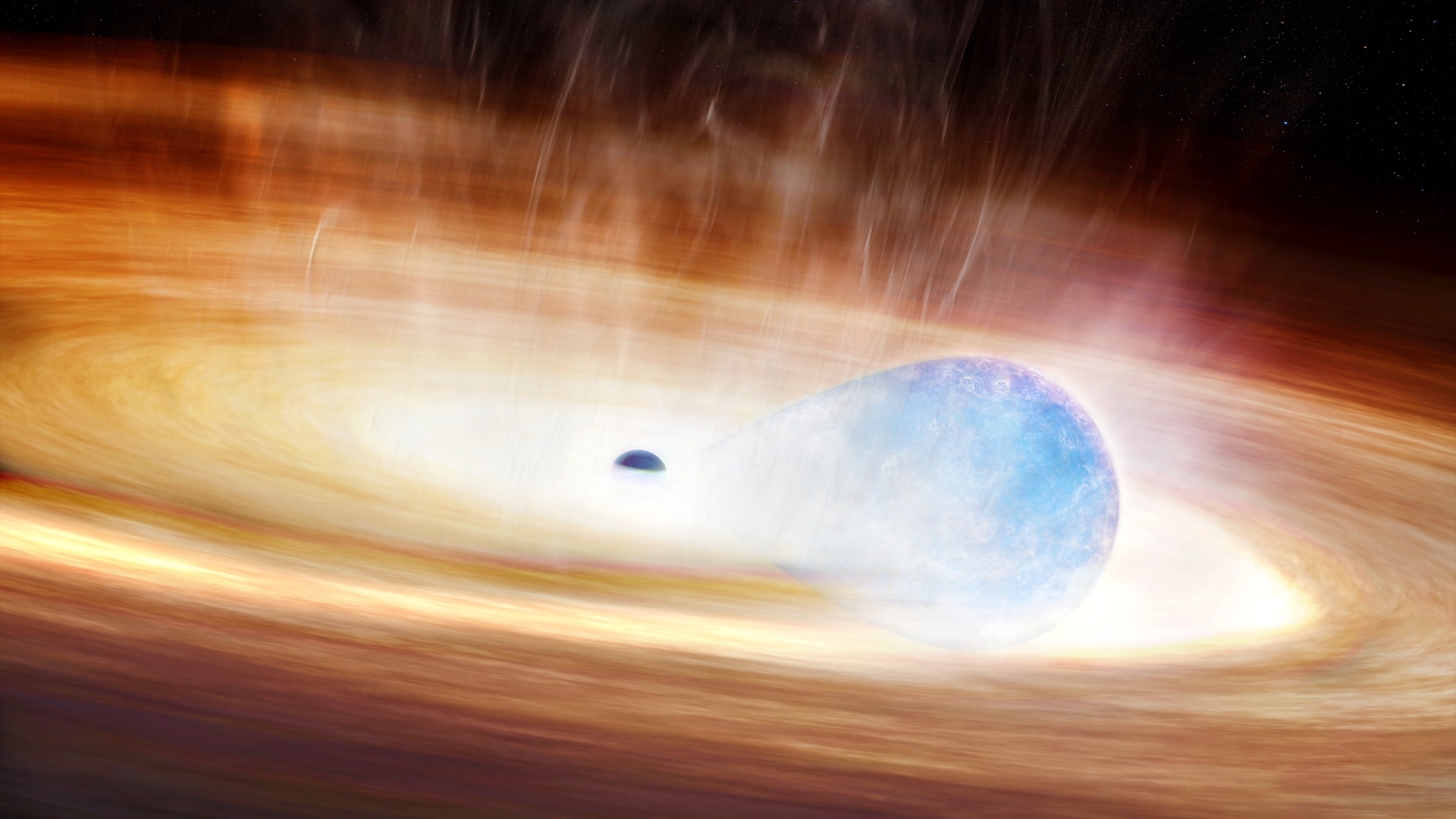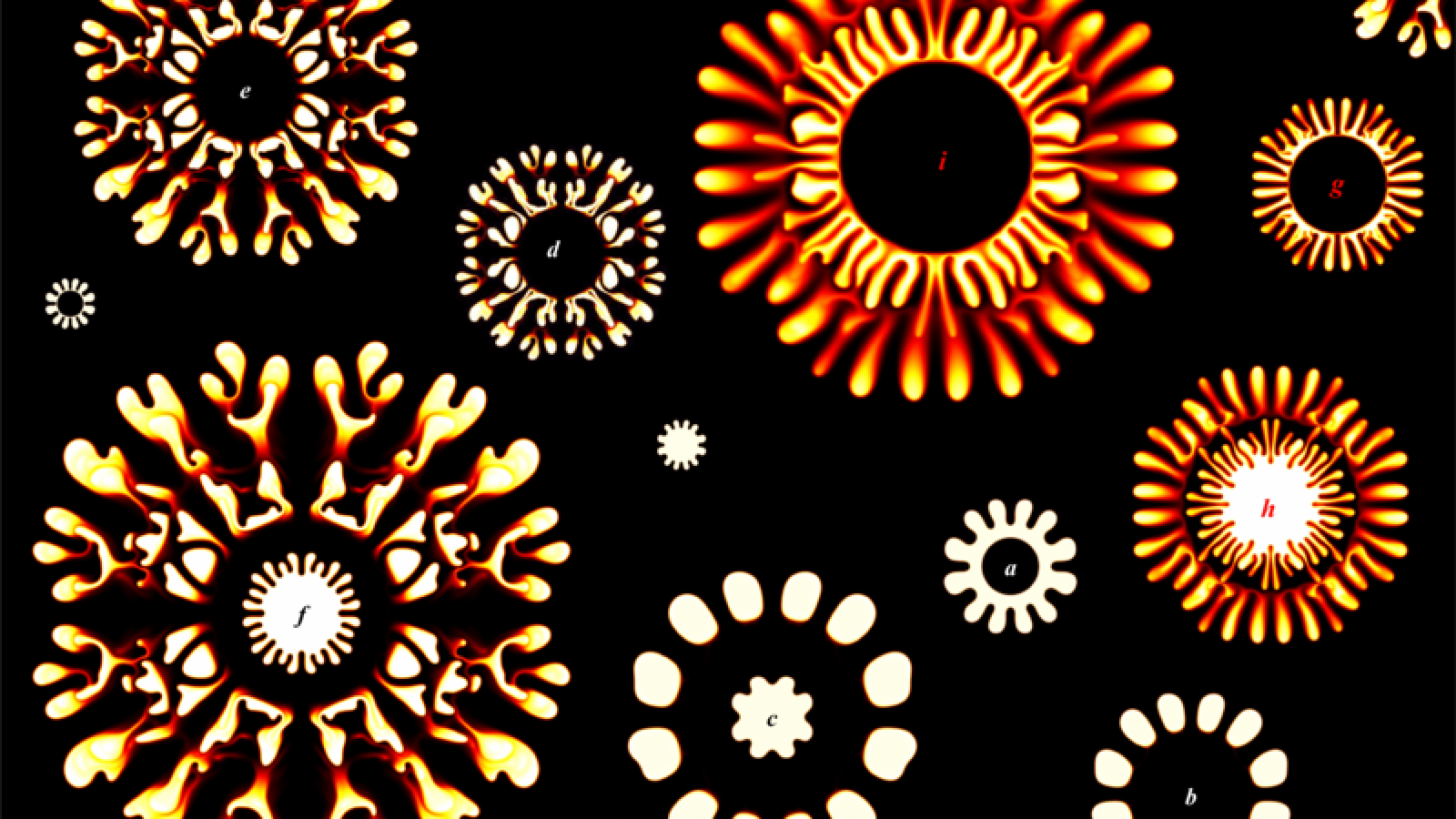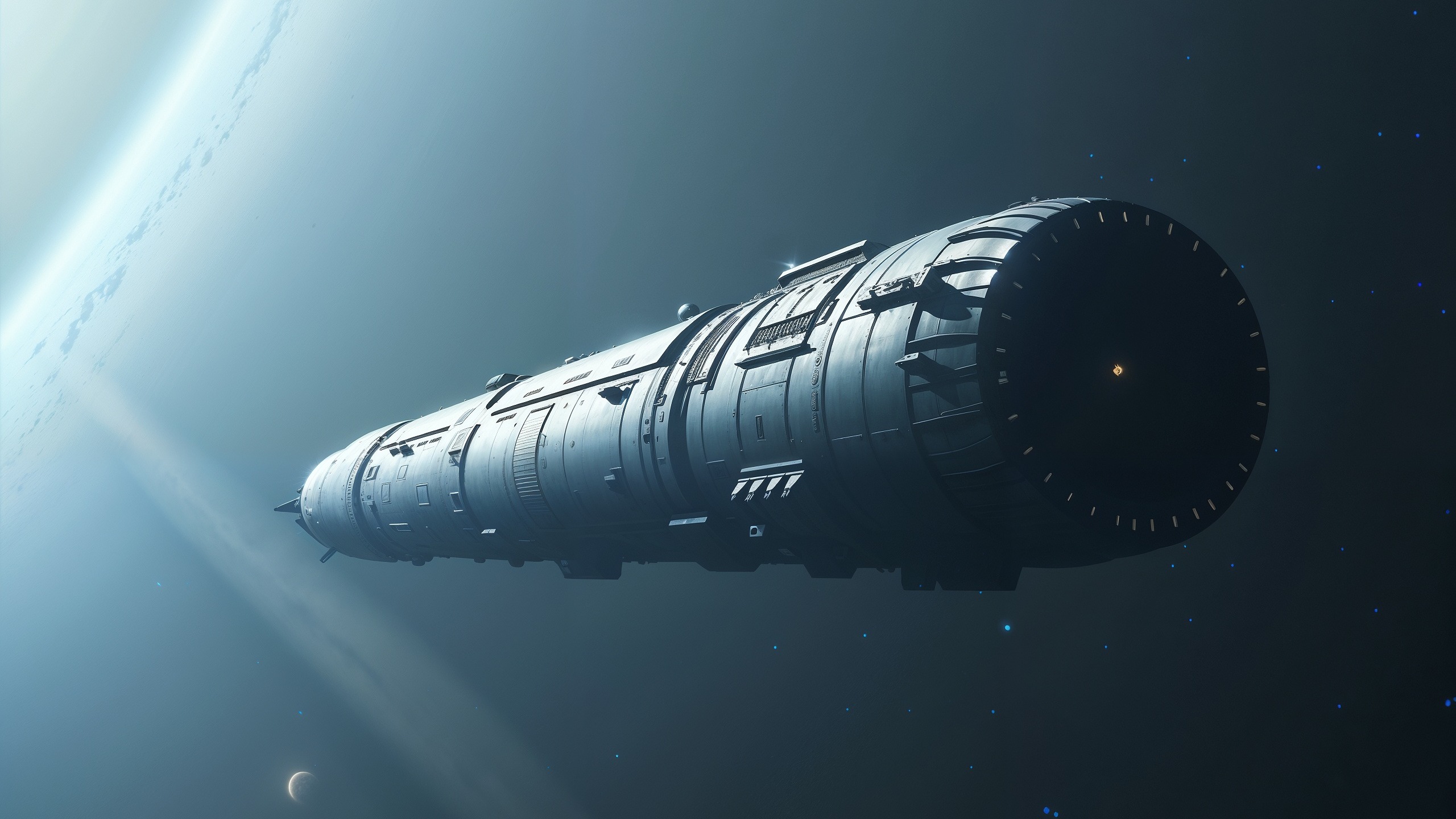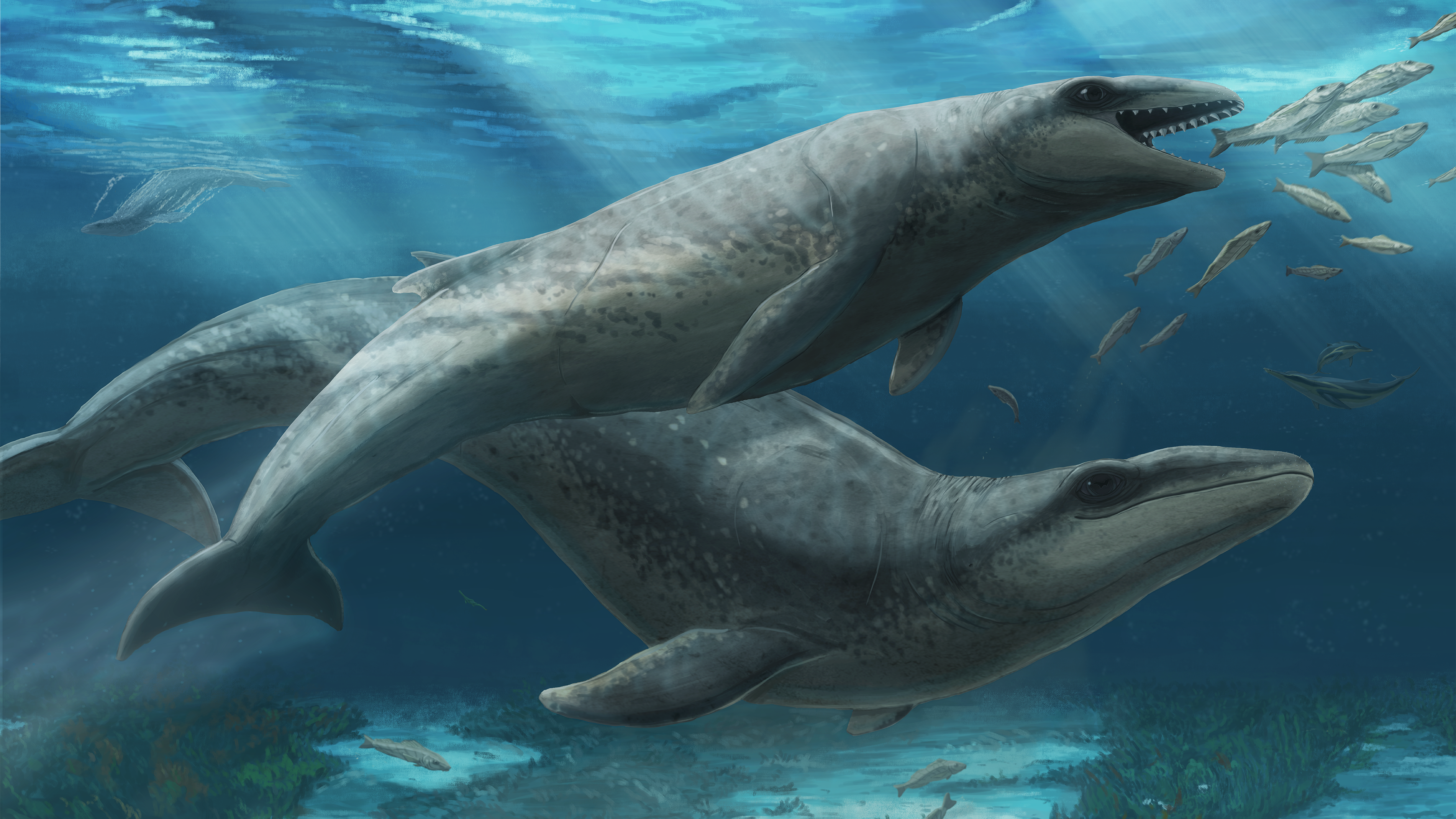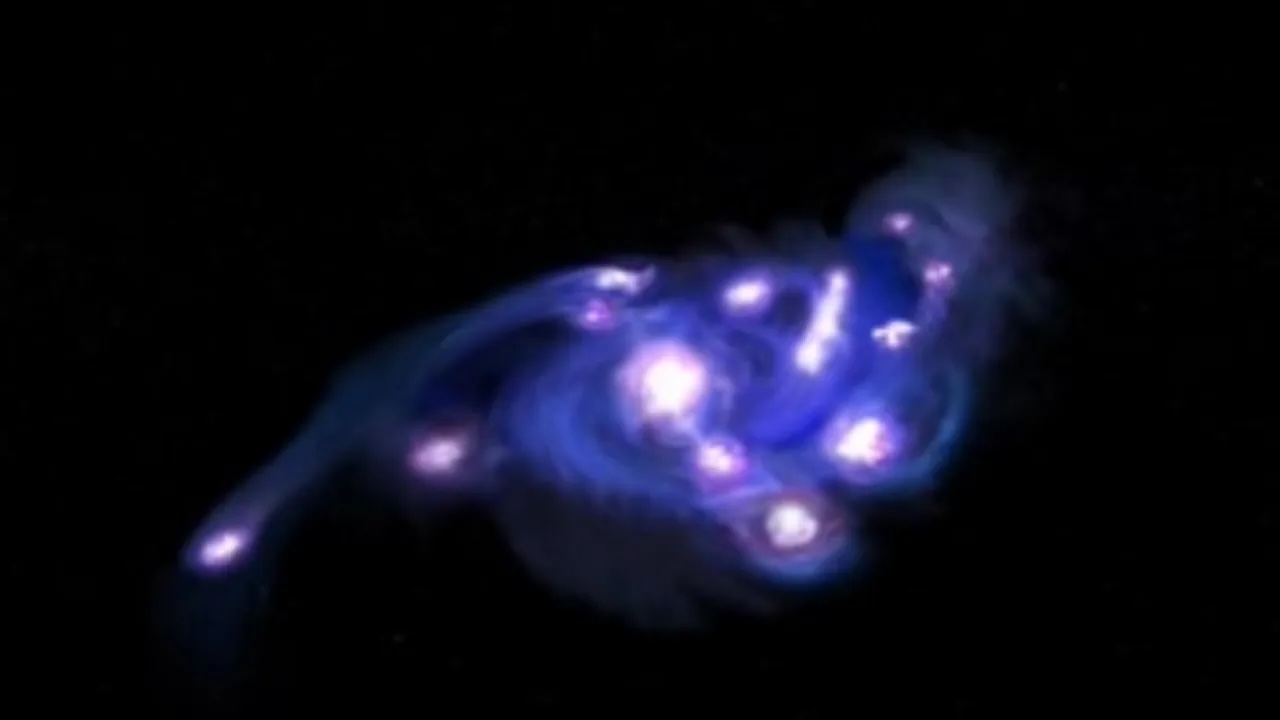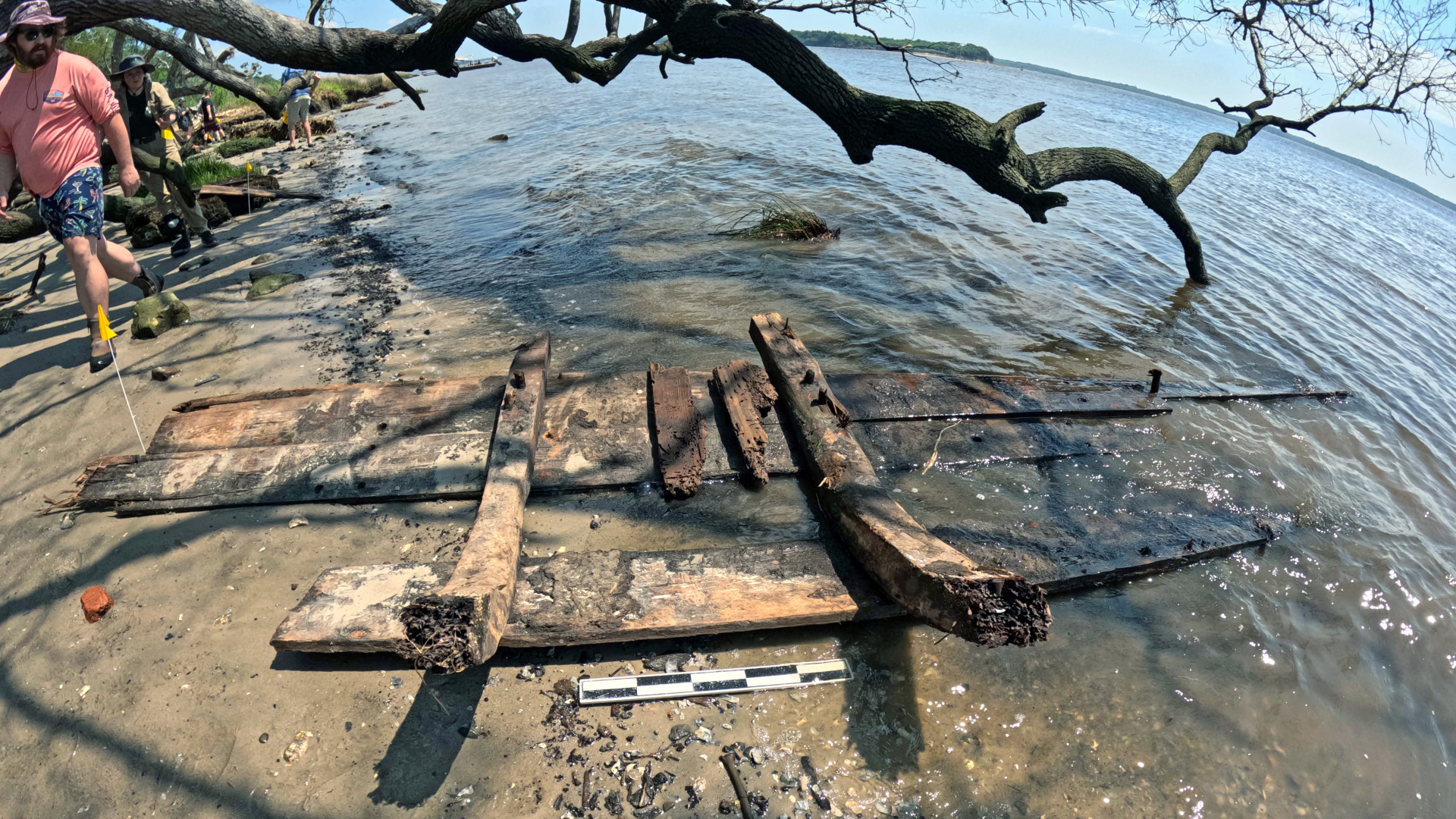These mysterious “fireworks” aren’t lighting up the night sky — they’re computer simulations from a recent paper on mixing fluids that don’t want to mix.
Researchers mapped out how two immiscible fluids (two fluids that do not mix, like oil and water) with different viscosities can create “fingers” when they interact. They created different patterns by alternately injecting the fluids at the center of each “firework,” allowing the fluids to spread out.
Studying this phenomenon is important for storing carbon from the atmosphere in the ground, a strategy for tackling climate change. Carbon dioxide is responsible for about 80% of all heating from human-caused greenhouse gases since 1990. Removing large amounts of carbon dioxide from the atmosphere is possible, but it still has to go somewhere. Storing it in the ground is one option — and understanding fluid interactions can help us figure out how to do that.
In this case, the word “fluid” can refer to both gases and liquids, including gaseous carbon dioxide. Viscosity is a measure of how easily a fluid moves. Fluids with high viscosity move sluggishly, like molasses or tar, while low-viscosity fluids move faster and can spread out more, like water or air.
The fluid “fireworks” are caused by Saffman-Taylor instability — a phenomenon that occurs when two immiscible fluids with different viscosities are confined in a small space. When a less viscous fluid is added to the system, there aren’t a lot of places for it to go, so it pushes against the thicker fluid instead — forming the distinctive patterns.
If you’ve ever put a drop of glue between two flat surfaces, then changed your mind and pulled them apart, you might have noticed the wet glue forming strange ridges and channels. This is Saffman-Taylor instability in action. When you pulled the pieces apart, air tried to go where the more viscous glue was and left those patterns behind.
Related: Why does nearly all life breathe oxygen?
Storing carbon dioxide in the ground involves “injecting” carbon dioxide gas into a more viscous liquid (water) in confined spaces underground, leading to Saffman-Taylor instability. The “fireworks” from the paper show that the number and extent of the fingers can be changed depending on when and how the fluid is injected into the system. Increasing the fingering effect helps keep the gas from escaping back into the atmosphere.
People across the globe are already working on carbon sequestration (storage) projects — as of 2024, there were 50 facilities in operation, 44 being built, and an additional 534 in development according to the Global CCS (carbon capture and storage) Institute. Developing this technology further gives us more tools to rein in global heating caused by the presence of too much carbon dioxide in Earth’s atmosphere.

